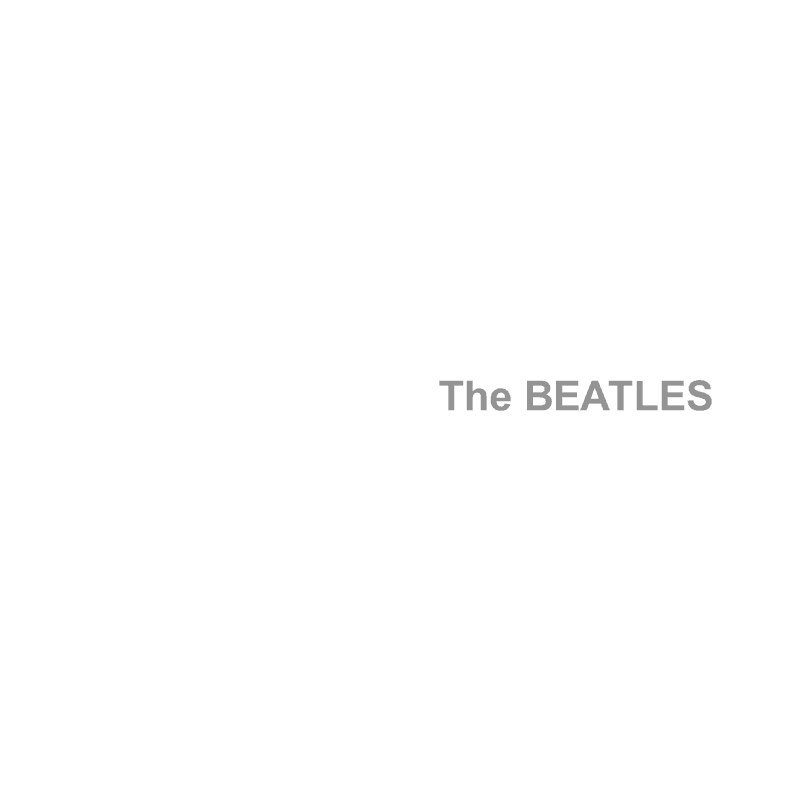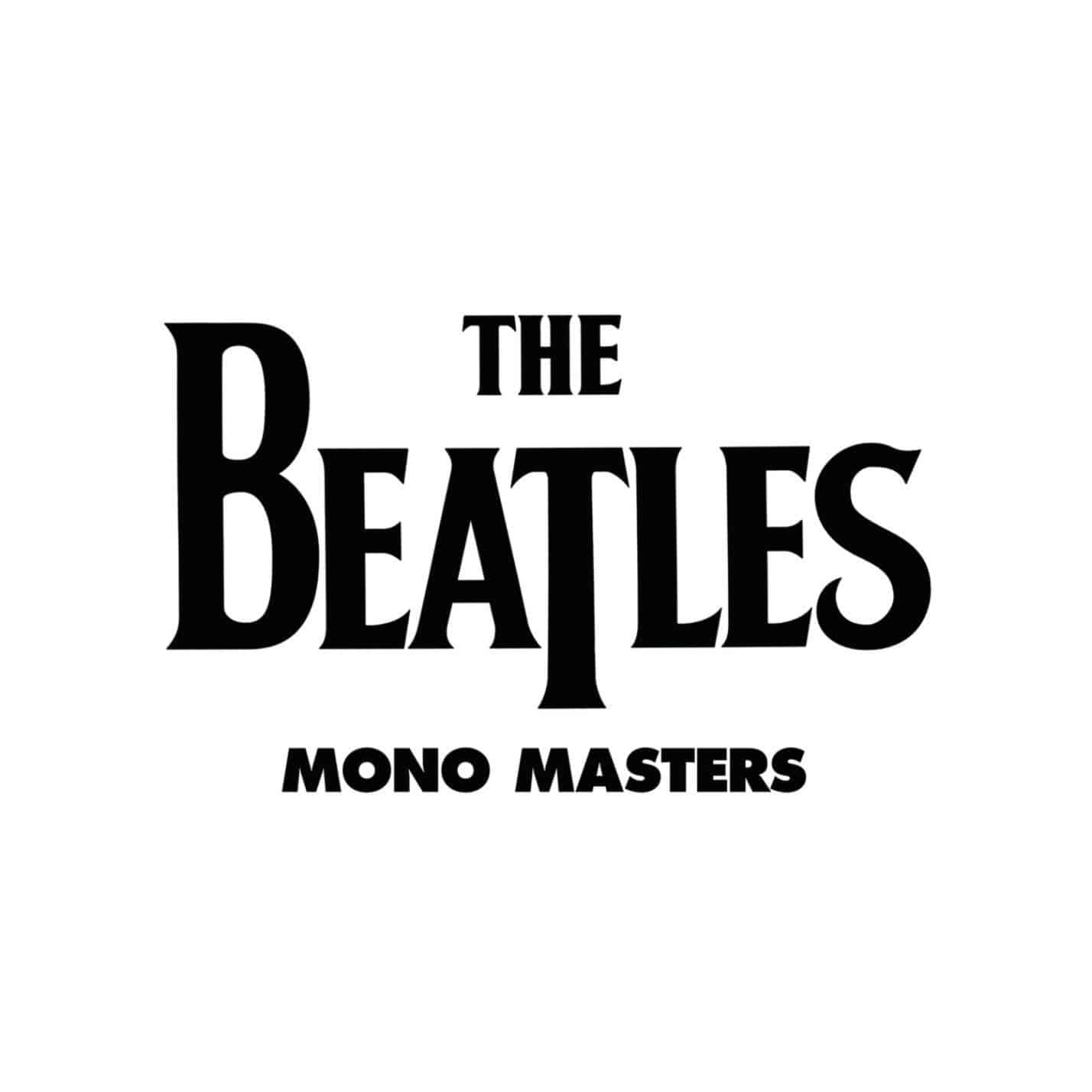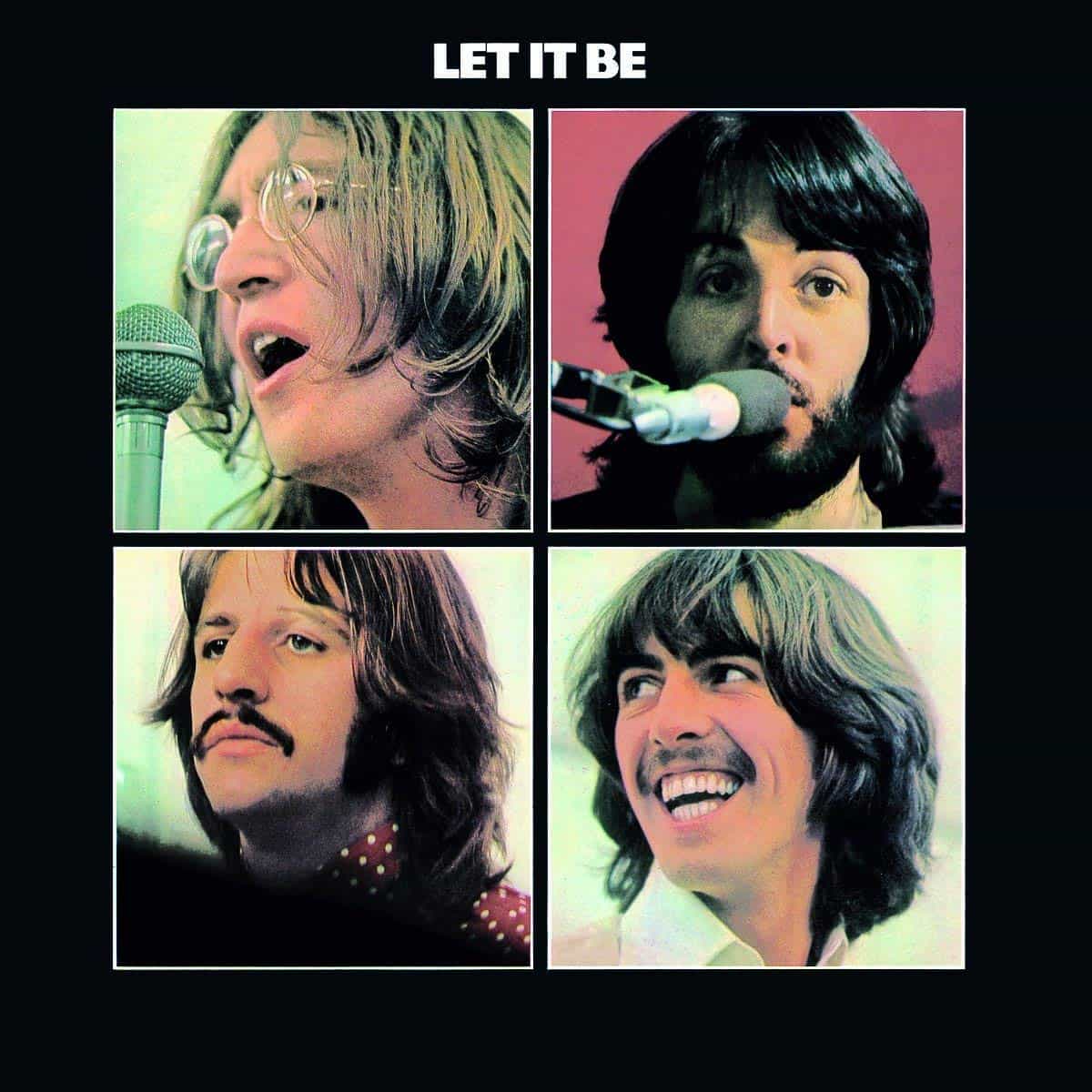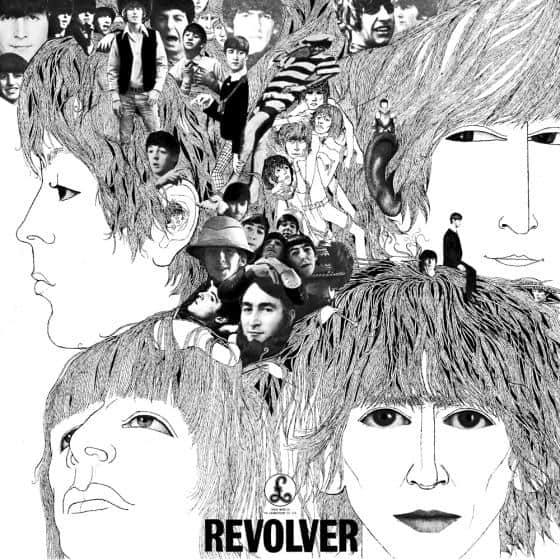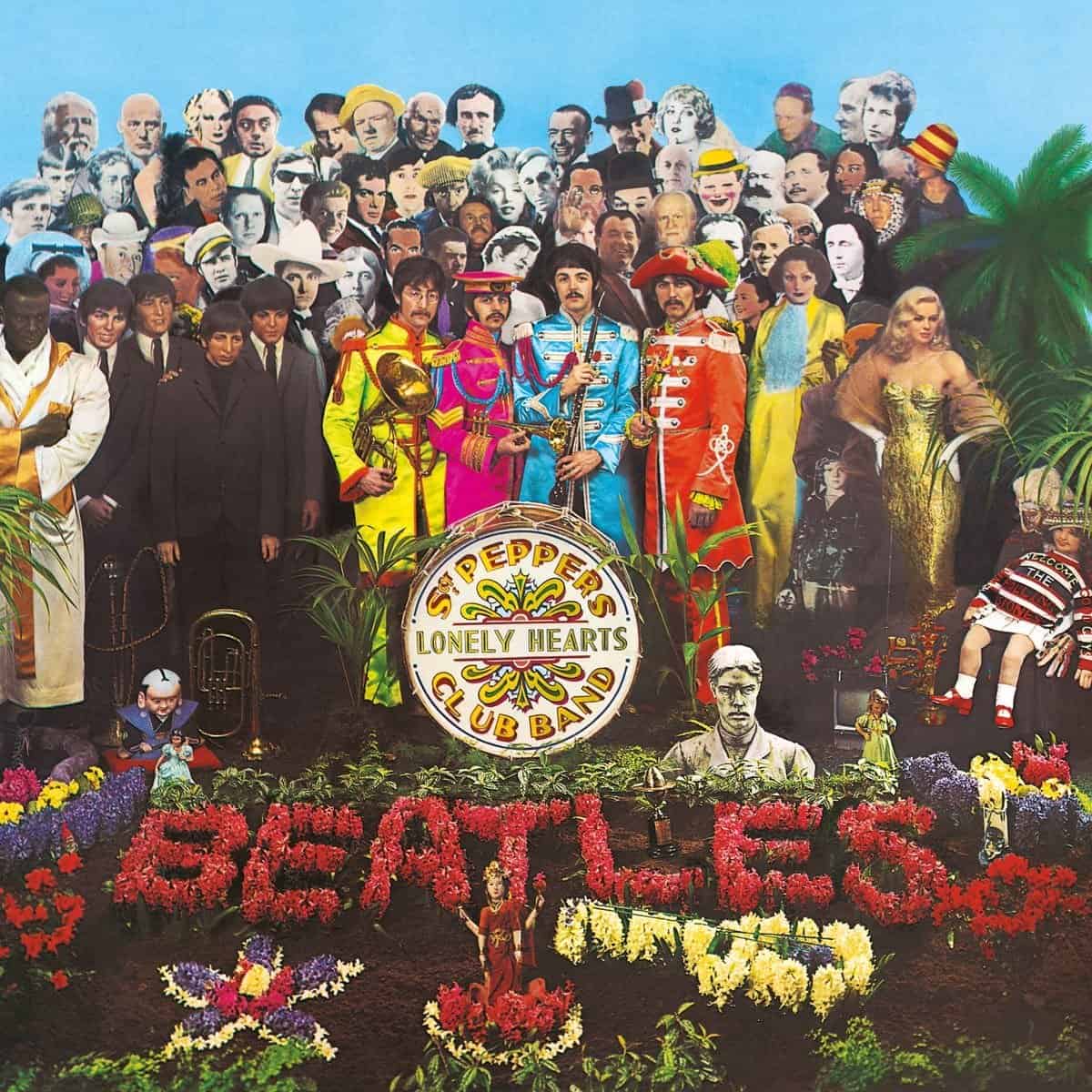Marketplace
2014 Apple Records PRESSING
- RPM 33 ⅓
- Audio Mono
- Catalog Number PMC 1267 5099963380316
- Release Year 2014
- Vinyl Mastering Engineer Sean Magee and Steve Berkowitz
- Pressing Weight 180g
- Jacket Style Single
- 100% Analog Mastering Yes
- Pressing Plant Optimal
- Mono Yes
- Original Release Year 1965
- Original Label Parlophone
- Original Catalog Number PMC 1267
The 2014 mono pressings of the Beatles’ albums compare favorably to the originals. By extension, the ’14 edition of Rubber Soul sounds very much like the original mono Parlophone pressing, and features a bit more low-frequency energy and better high-frequency focus. The mastering engineers, Sean Magee and Steve Berkowitz, were able cut the new LPs without worrying about the limitations older turntables imposed on their predecessors.
If you have a clean original Parolophone pressing of Rubber Soul, you’ll hear more pronounced and defined bass and kick drum from this new pressing—and perhaps more clarity and shimmer in the high end, for example, during the guitar solo on “Nowhere Man.” I have both editions, and like the low-frequency energy on the new pressing. But I retain a nostalgic fondness for the original.
In the mid-80s, EMI Odeon in Japan pressed the Beatles’ albums in mono on red vinyl. That reissue of Rubber Soul has a more extended top end than both the new pressing and Parlophone original. On some tracks, such as “Norwegian Wood,” the result sounds somewhat harsh. I enjoy my copy for its high-output excitement and it’s worth owning as a Beatles artifact, but the new mono pressing sounds much better and more balanced.
Clean, original Parlophones can be costly, and the new mono reissues let you hear what people in England and other countries heard in 1965 (the U.S. song lineup differed from the LP versions in the rest of the world) with more bottom-end detail. If you’re seeking stereo versions, always go for all-analog pressings done before 1987. With these 2014 monos, rest assured you’re getting the real thing if you can’t afford the original.
Rubber Soul (Mono)

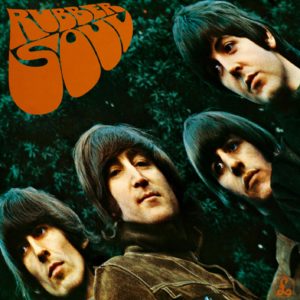

 4.5
4.5
